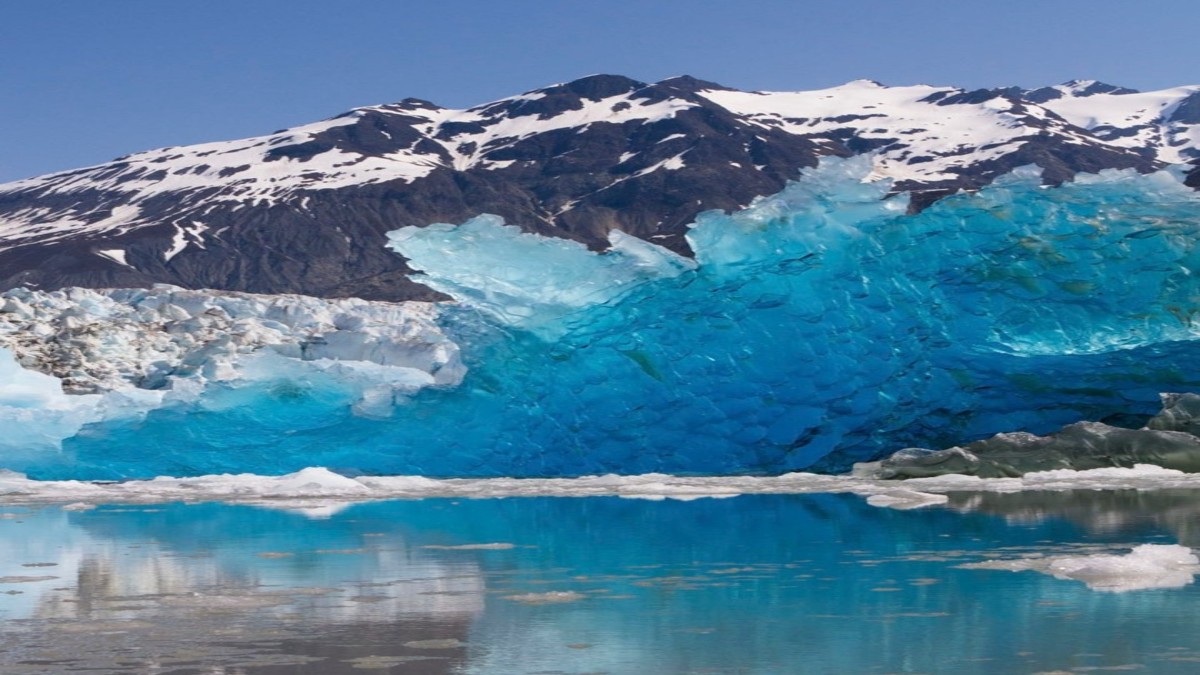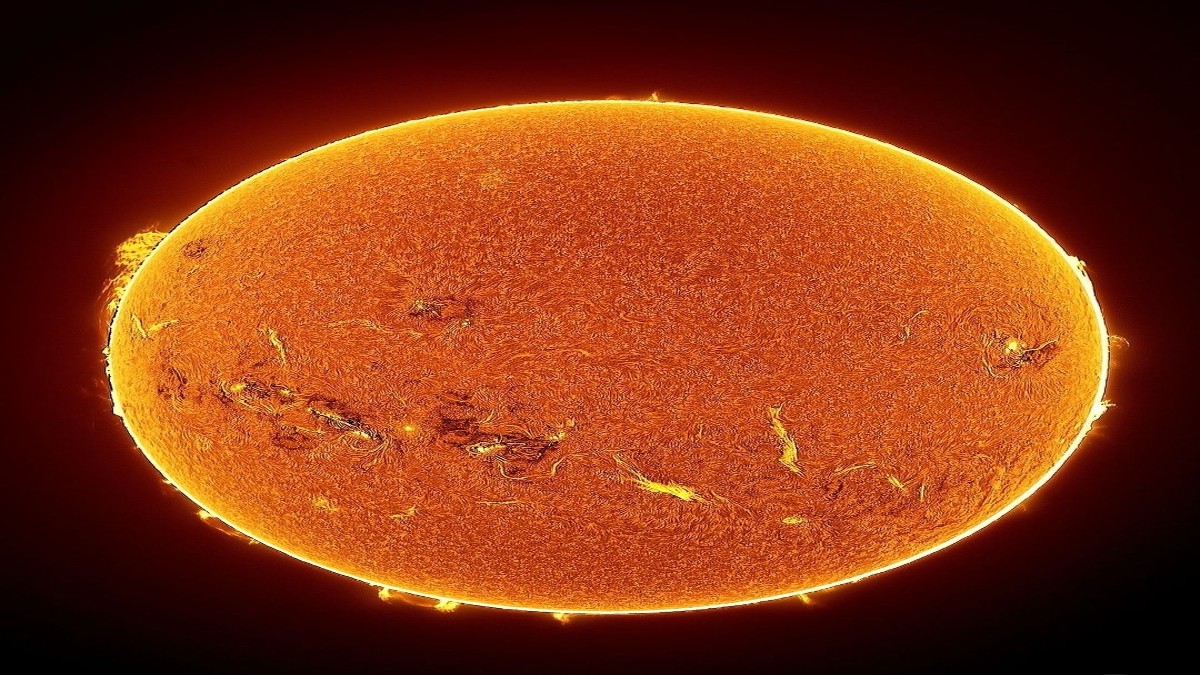
Glacier
Glacier, In the frigid expanse of Antarctica, beneath the imposing mass of the Thwaites Glacier, a silent but potent force is at work. Warm water, stealthily infiltrating the icy depths, is rapidly melting one of the largest and most consequential glaciers on Earth. This phenomenon, driven by climate change, poses a grave threat not only to the delicate Antarctic ecosystem but also to the stability of global sea levels.
The Enigmatic Thwaites Glacier: A Sentinel of Climate Change
Stretching across approximately 120,000 square kilometers, it acts as a linchpin, holding back vast quantities of ice that, if released, could contribute significantly to rising sea levels worldwide. However, recent scientific studies have revealed a disturbing trend: warm water is finding its way beneath the glacier, accelerating its retreat at an unprecedented pace.
Unveiling the Underwater Pathways: Mapping the Intricate Channels of Melting
At the forefront of this research is a dedicated team of scientists and glaciologists, working tirelessly to unravel the mysteries hidden beneath the icy surface. Using state-of-the-art technology, including remotely operated underwater vehicles and sophisticated sensors, these experts have been able to map the intricate pathways through which warm ocean currents penetrate the glacier’s underbelly.
The Ice Tongue Phenomenon: A Conduit for Destruction
One such pathway, known as the “ice tongue,” extends several kilometers inland from the glacier’s edge, providing a conduit for warm water to flow directly beneath the ice. As this water makes contact with the glacier, it rapidly erodes the ice from below, causing it to thin and retreat at an alarming rate. What makes this process particularly concerning is its self-reinforcing nature: as the glacier retreats, it exposes more ice to the warm water, leading to further melting and retreat in a dangerous feedback loop.
Consequences Beyond Antarctica: Global Implications of Thwaites’ Demise
The consequences of this accelerated melting extend far beyond the shores of Antarctica. With the Thwaites Glacier holding enough ice to raise global sea levels by over half a meter, its rapid destabilization could have catastrophic implications for coastal communities worldwide. Cities like Miami, New York, and Shanghai, already vulnerable to rising seas, would face even greater risks of inundation, displacement, and economic devastation.
Hope on the Horizon: Strategies for Mitigation and Adaptation
The urgency of addressing this issue cannot be overstated. While the Thwaites Glacier may seem remote and inaccessible, its fate is intimately connected to the fate of our planet as a whole. To ignore the warning signs of its rapid melting is to court disaster on a global scale.
Conclusion: A Call to Action
In the end, the story of the Thwaites Glacier is not just a tale of ice and water; it is a story of human impact on the natural world and our collective responsibility to protect it. As we confront the daunting challenges posed by climate change, let us remember the lessons of Thwaites: that our actions, or lack thereof, have far-reaching consequences, and that by working together, we can build a more sustainable and resilient future for generations to come.
Summary
The postponement of Sunita Williams’ Boeing Starliner space launch was a result of technical glitches detected in the spacecraft’s propulsion system just hours before liftoff. NASA’s commitment to safety prompted the decision to delay the mission for further investigation and resolution of the issues.
Transparency and communication were maintained throughout the process, ensuring stakeholders were informed of the situation.
The delay serves as a valuable learning opportunity for future missions, highlighting the complexities and challenges of human spaceflight. As efforts continue to address the issues, anticipation remains high for the successful completion of Williams’ historic mission, driven by the collective determination to advance space exploration.






